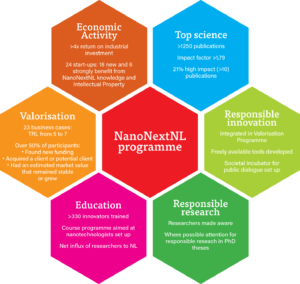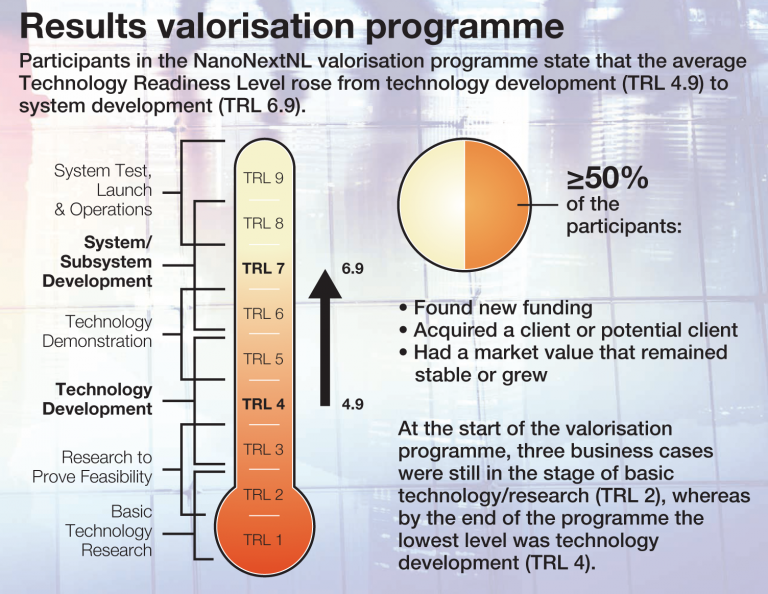The Netherlands Enterprise Agency (RVO, Rijksdienst voor Ondernemend Nederland) organises an innovation mission to Japan from 10 – 14 October 2022. Are you actively involved in photonics, quantum- or nanotechnology? And do you want to explore the opportunities and developments of these three key enabling technologies in Japan? Then please, read more about this event and join the mission.
Quantum technology, nanotechnology and photonics (integrated photonics, optical) are essential key technologies in the Netherlands and Japan. Therefore, both countries are strongly investing in further development of these technologies to contribute to solving all kinds of societal challenges – for example, safety, sustainability, economics and life science.
For who?
This mission is interesting for Dutch governments, industries, and knowledge institutions. The mission focuses on the professionals who work at the interface of photonics, quantum and nanotechnology.
Goals of this mission
The goals of this innovation mission to Japan are:
- Exploring and finding potential partners for joint research, development and commercialisation of technological innovations in the field of photonics, quantum and nanotechnology;
- intensifying bilateral cooperation between government, industry and knowledge institutes;
- developing bilateral schemes and programmes to support bilateral cooperation;
- And positioning the Netherlands in EU programmes through relations with Japan.
Are you interested? Please, visit the website of the RVO for the whole programme, an information meeting on 15 June 2022 in The Hague, costs and registration (before 28 June 2022).





